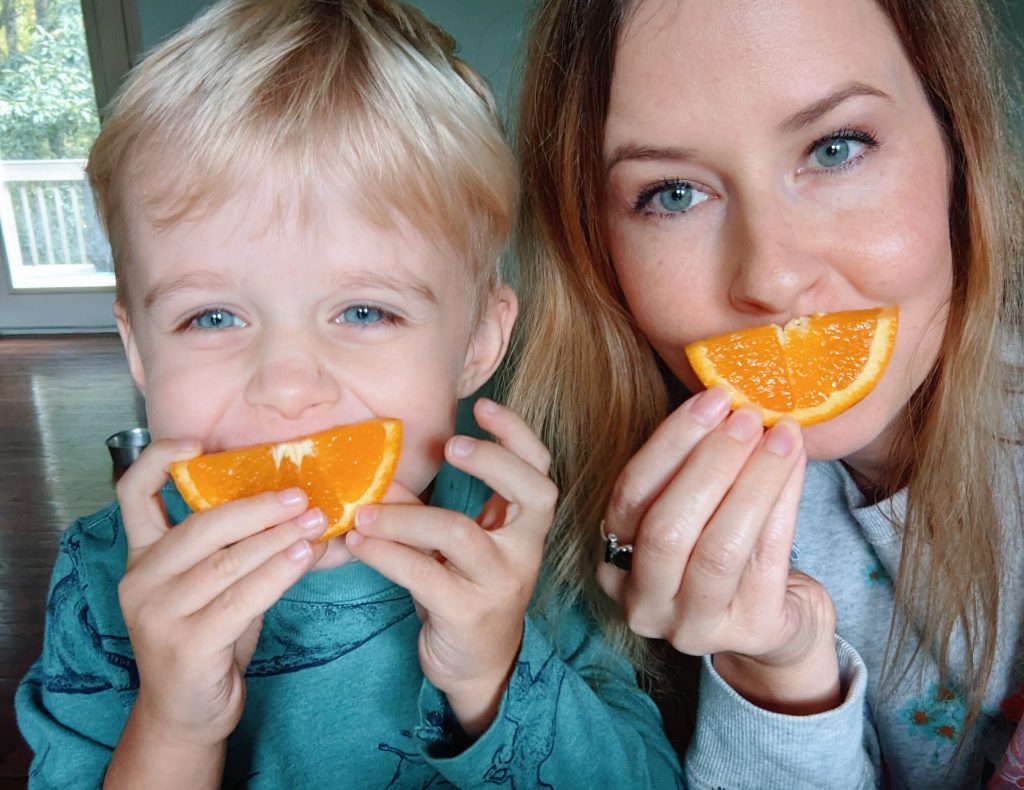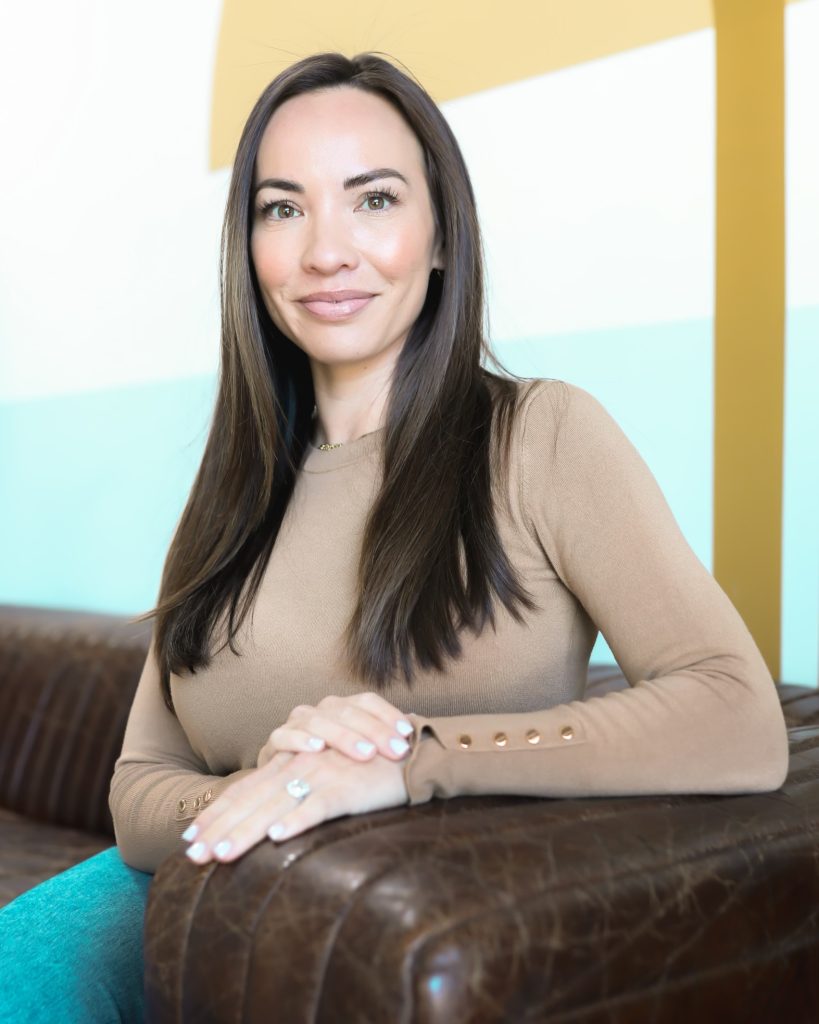Adoption with Jennifer Campbell: Podcast Episode #271

Kristin Revere and Jennifer Campbell discuss adoption options and re-lactation on the latest episode of Ask the Doulas. Jennifer is the CEO of Doula in Reno. Hello! This is Kristin Revere with Ask the Doulas, and I am thrilled to chat with Jennifer Campbell today. Jennifer is the owner and founder of Doula in Reno, […]
All About Epidurals: Podcast Episode #270

Kristin Revere and Suzzie Vehrs discuss epidurals as an option in your birth toolbox in the latest episode of Ask the Doulas. Suzzie is a birth doula and childbirth educator with She Births Bravely. Hello, hello! This is Kristin Revere with Ask the Doulas, and I am thrilled to chat with Suzzie Vehrs today. Suzzie […]
Mindset Shifts for Moms: Podcast Episode #269

Kristin Revere and Olivia Radcliffe discuss common mind monsters that affect moms, especially moms with businesses. Olivia is the bestselling author of “Hold My Juice Box” and the host of Marketing Like a Mother podcast. Hello, hello! This is Kristin Revere with Ask the Doulas, and I am thrilled to chat with Olivia Radcliffe […]
Why It’s Important to Count the Kicks: Podcast Episode #268

Kristin Revere and Kimberly Isburg discuss the myth about baby’s movement in pregnancy and her personal connection with Count the Kicks in the latest episode of Ask the Doulas. Hello! This is Kristin Revere with Ask the Doulas, and I am so excited to chat with Kimberly Isburg. Kimberly is the community manager for Healthy […]
The Importance of Sustainable Baby Products: Podcast Episode #267

Kristin Revere and Sara Baxter discuss the importance of investing in sustainable products and companies in the latest episode of Ask the Doulas podcast. Hello, hello! This is Kristin with Ask the Doulas, and I am thrilled to chat with Sara Baxter. Sara is the CEO and co-founder of Paperclip. She’s also a mom of […]


